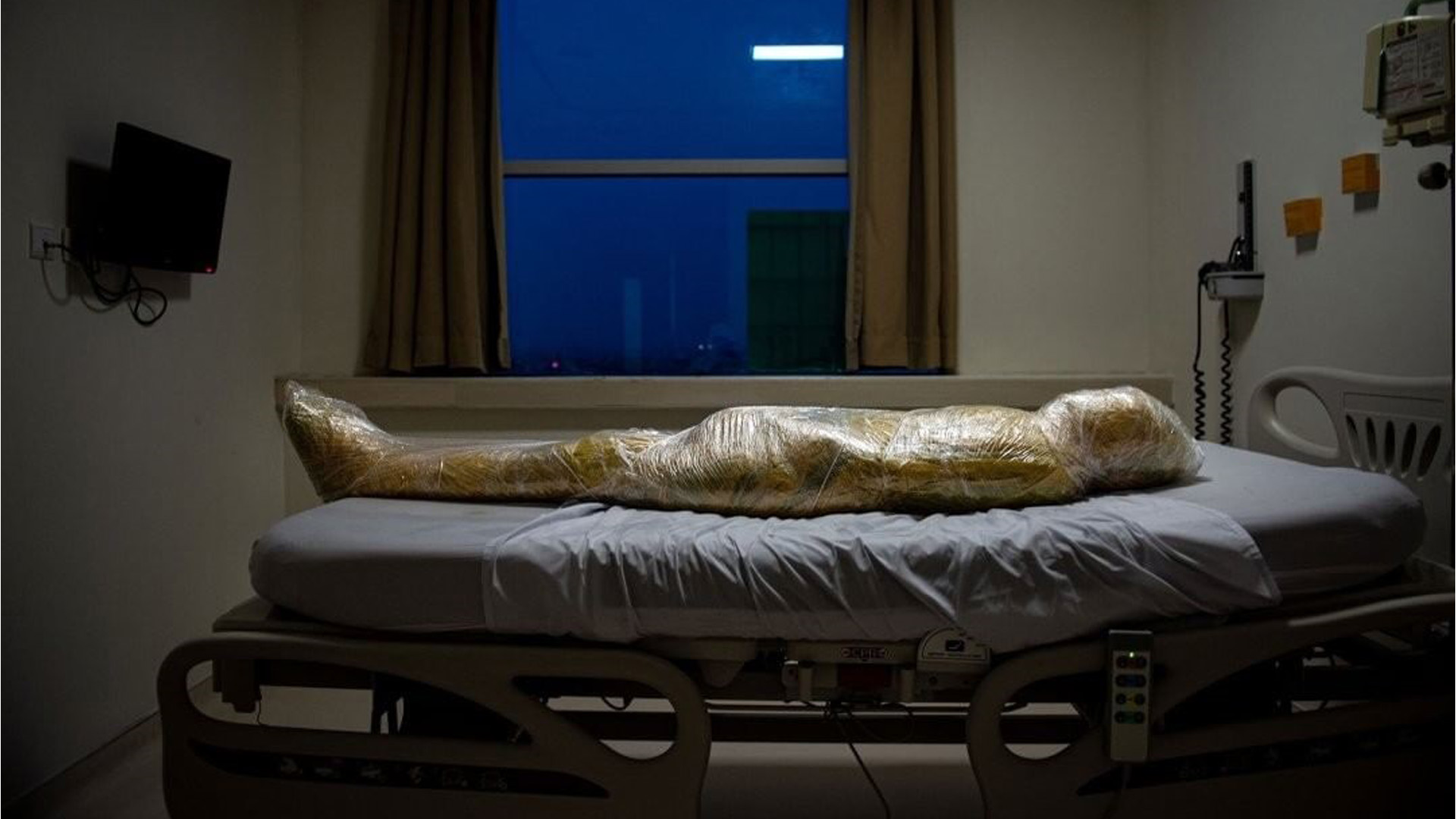National Geographic drew mixed reactions over a photo of a suspected COVID-19 patient in Indonesia that was wrapped and sealed like a mummy.
Photojournalist Joshua Irwandi revealed that the reason behind the subject is to raise more awareness on how dangerous COVID-19 is. The image showcased a mummified person that does not expose anything about them, just their body that is possibly infected with the virus. National Geographic has yet to confirm their cause of death.
The person was sealed in layers of plastic and disinfectant to prevent contamination. Everything about the image elicits a grim and solitude ambience.
“After the patient died, nurses wrapped the body in layers of plastic and applied disinfectant to help prevent the spread of the virus,” the caption stated.
He added, “I took this photograph to raise awareness of the danger of coronavirus, to appreciate the work of the medical staff in Indonesia and around the world who risk their lives to save ours, and to remember that we must remain steadfast and united in the face of this pandemic of our lifetime.”
As of press, the photo garnered over 830,000 likes on Instagram. It also received mixed reactions from its viewers. While some expressed their sympathies over the situation, others took it the wrong way. A number of users accused Irwandi of fearmongering or causing tremendous fear and panic over a certain issue.
Indonesia is noted to be one of the late countries that responded late to the pandemic. Irwandi, who faced massive backlash because of the photo, is urging the country’s government officials to prioritize it. Even at 91,751 confirmed cases as of July 22, many citizens still refuse to comply with the basic protocols such as social distancing and wearing of face masks.
Now, after facing criticism from approximately 270 million Indonesians, Irwandi has decided to “stay low for a time”.
Photo Credit: Instagram/natgeo







